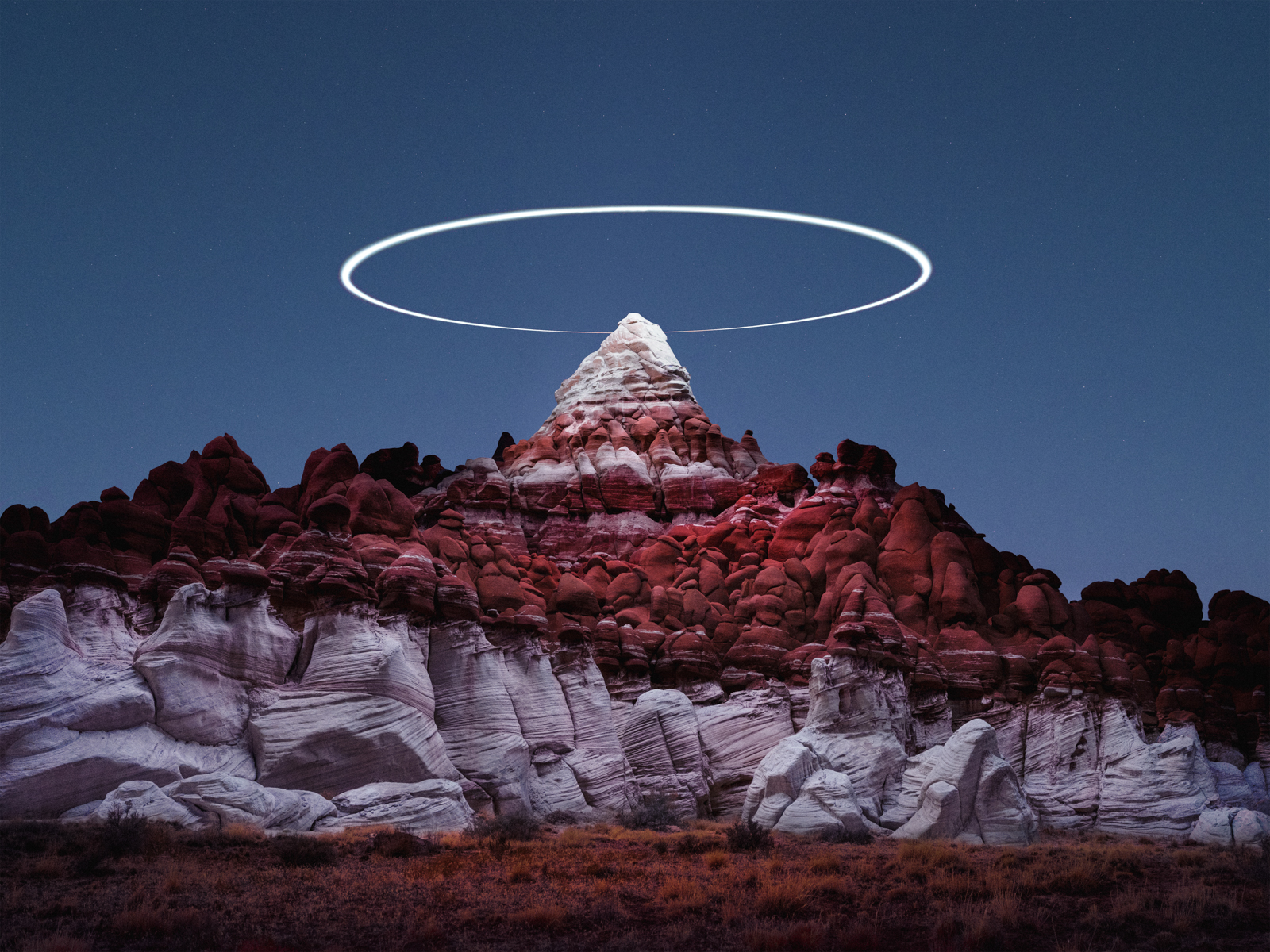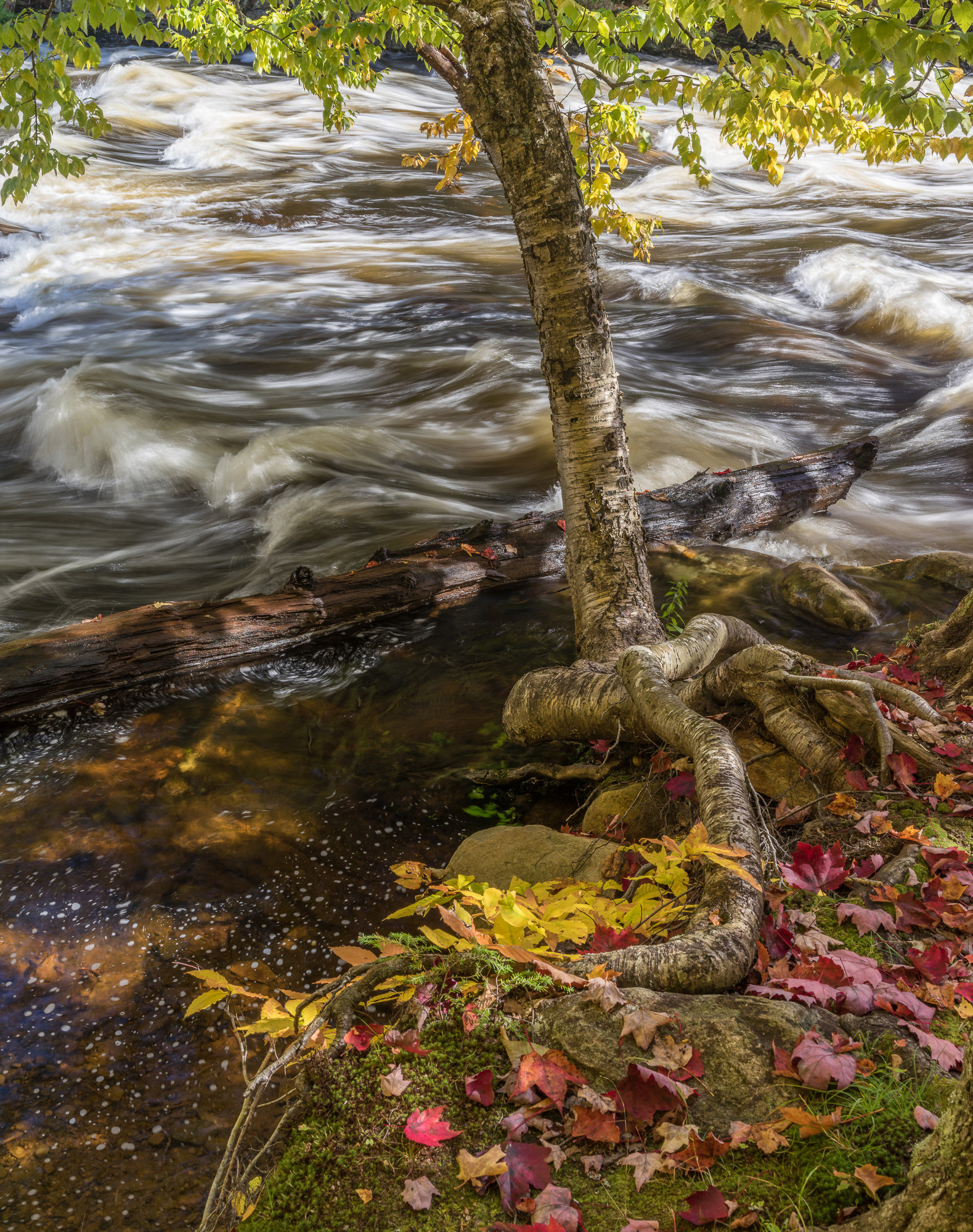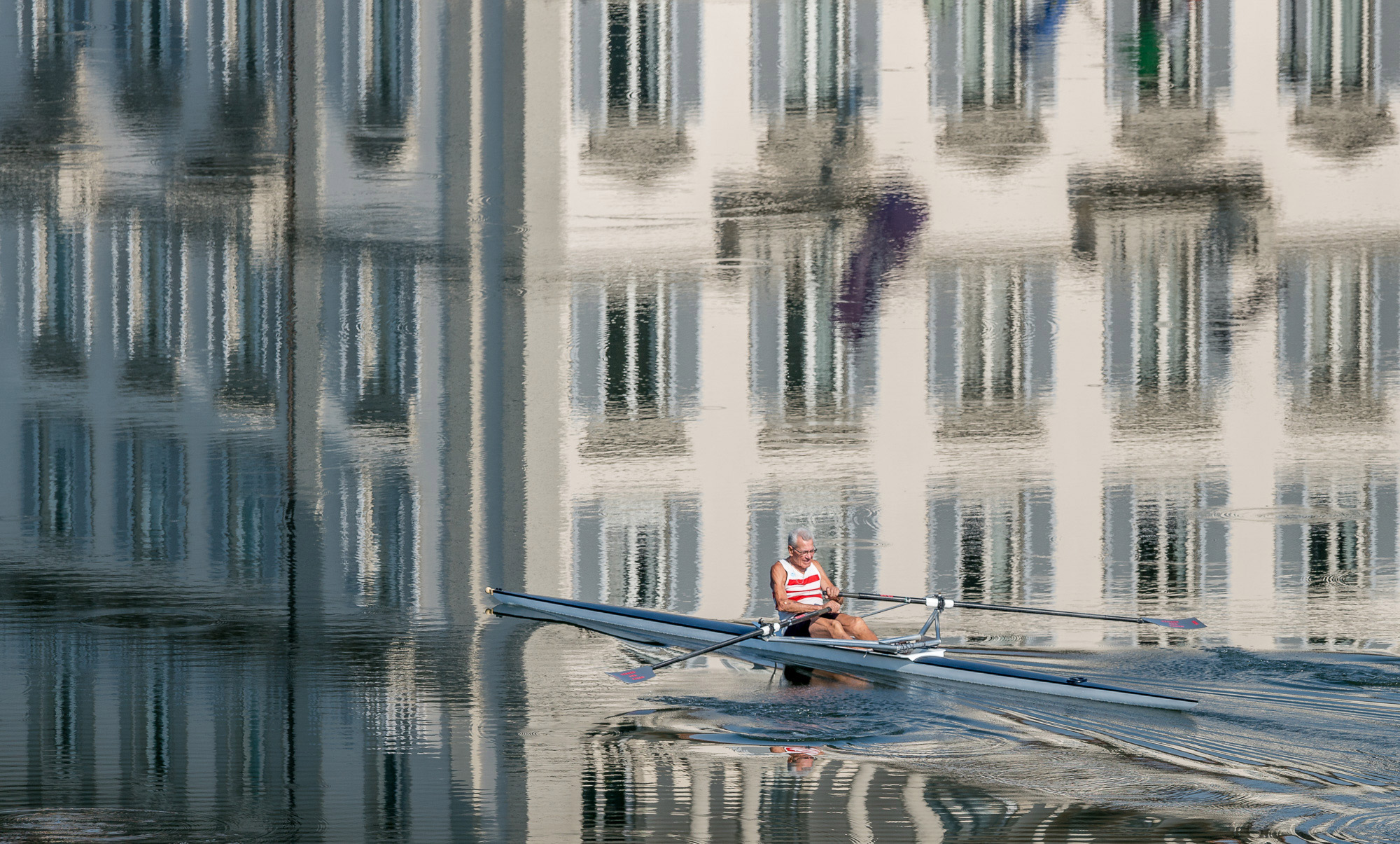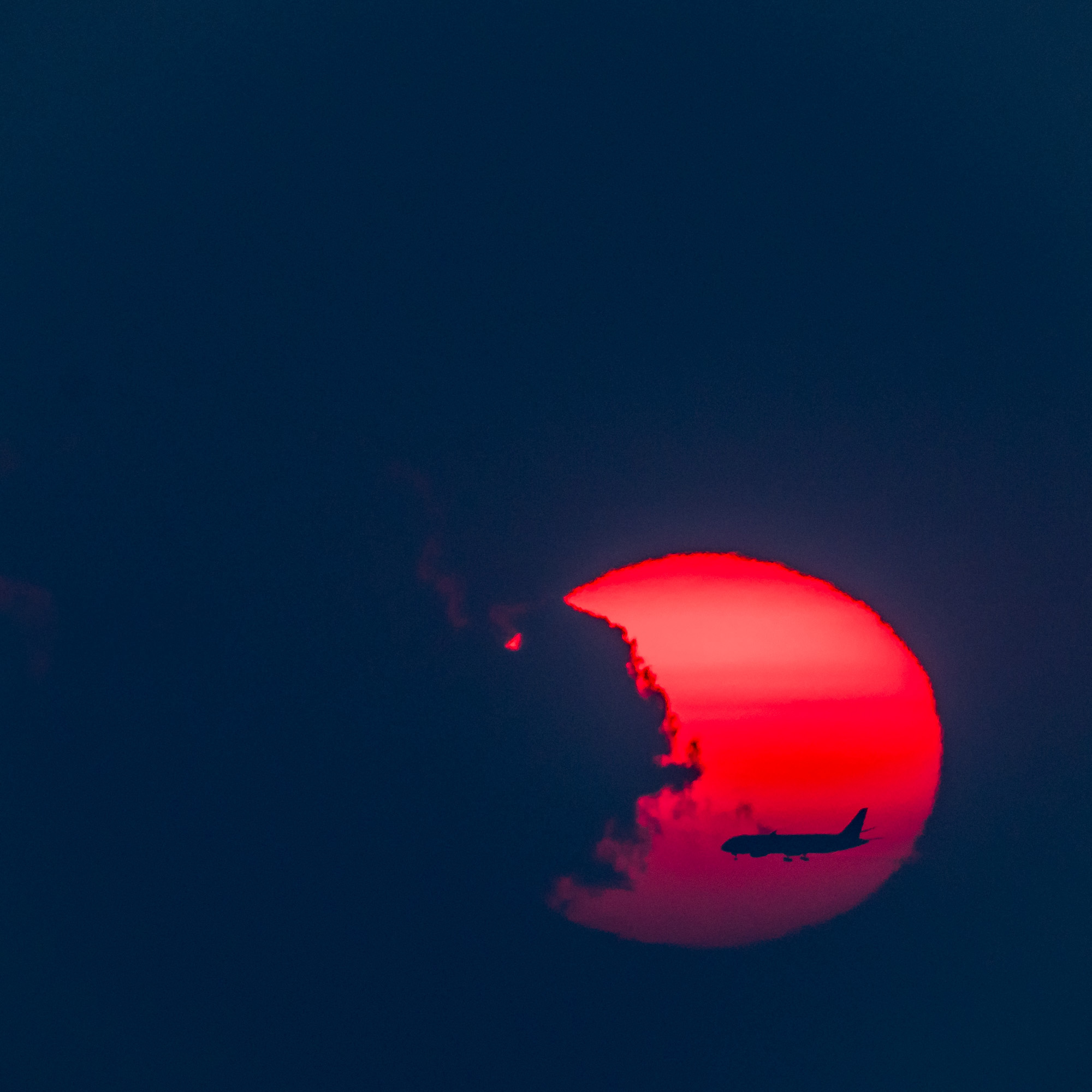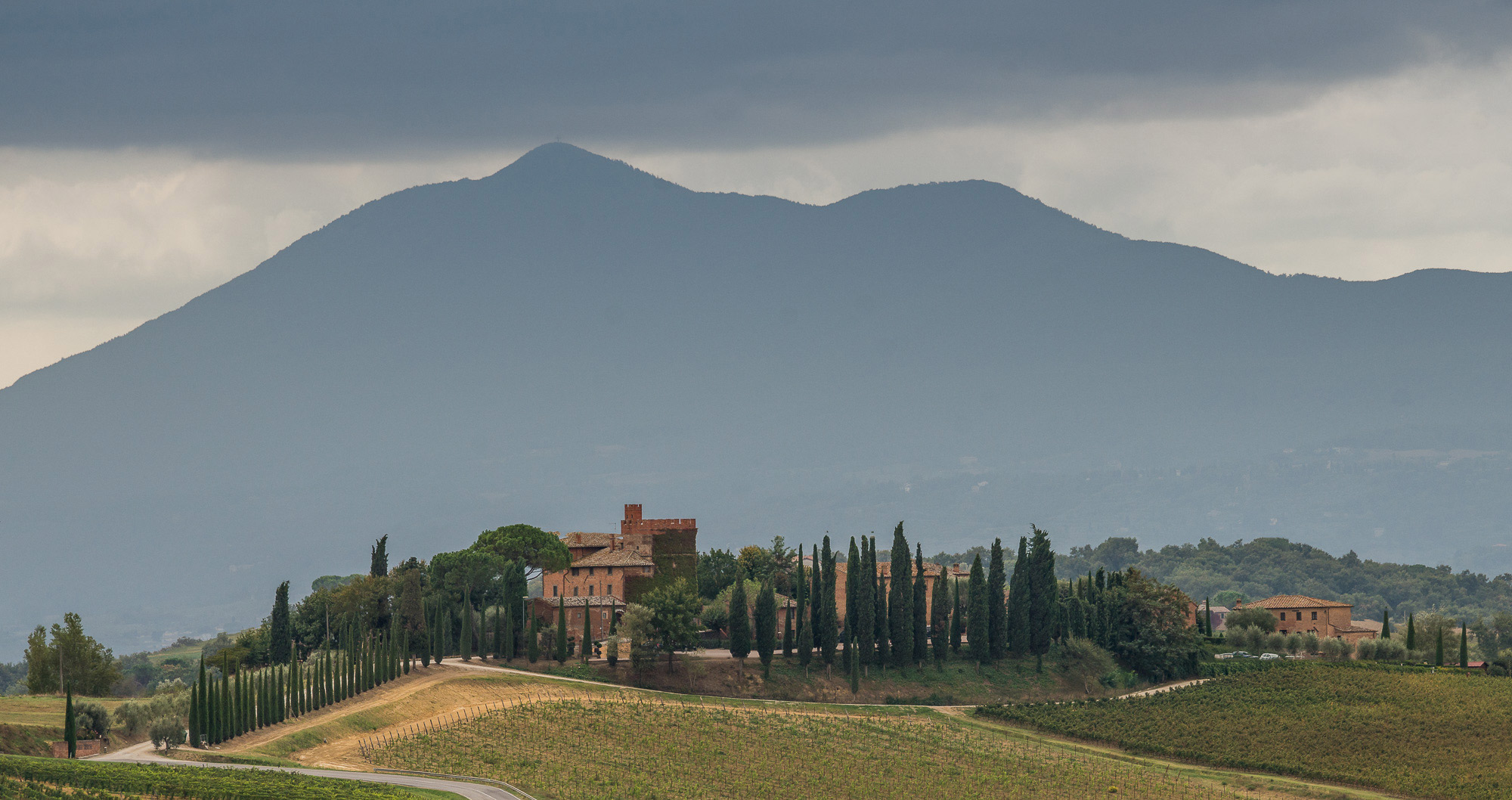

I am almost too excited about Reuben Wu’s work to get the next sentences out, so hang in there.
Reuben’s pan-media photographic works show an apex level of inventive excellence and in-depth exploration. There is a refined sense of tech, process, and visionary acuity, which is rare and very useful in today’s daily deluge of photo imagery overload.
For Reuben, the landscape becomes a surreal and hyper-real place of story and dizzying mystery. Light is both static and moving. The photograph is at once a film, a post-gif object and a traditional landscape portrait. This is achieved through diligence and deftly applied techniques which genuinely push the medium. Technology is utilized to offer experience and meditations on vast visual subjects which seem both local and otherworldly, abstract and literal.
I was thrilled to have the opportunity to interview Reuben about his work and bring his vision and experience to The Luminous Landscape community.
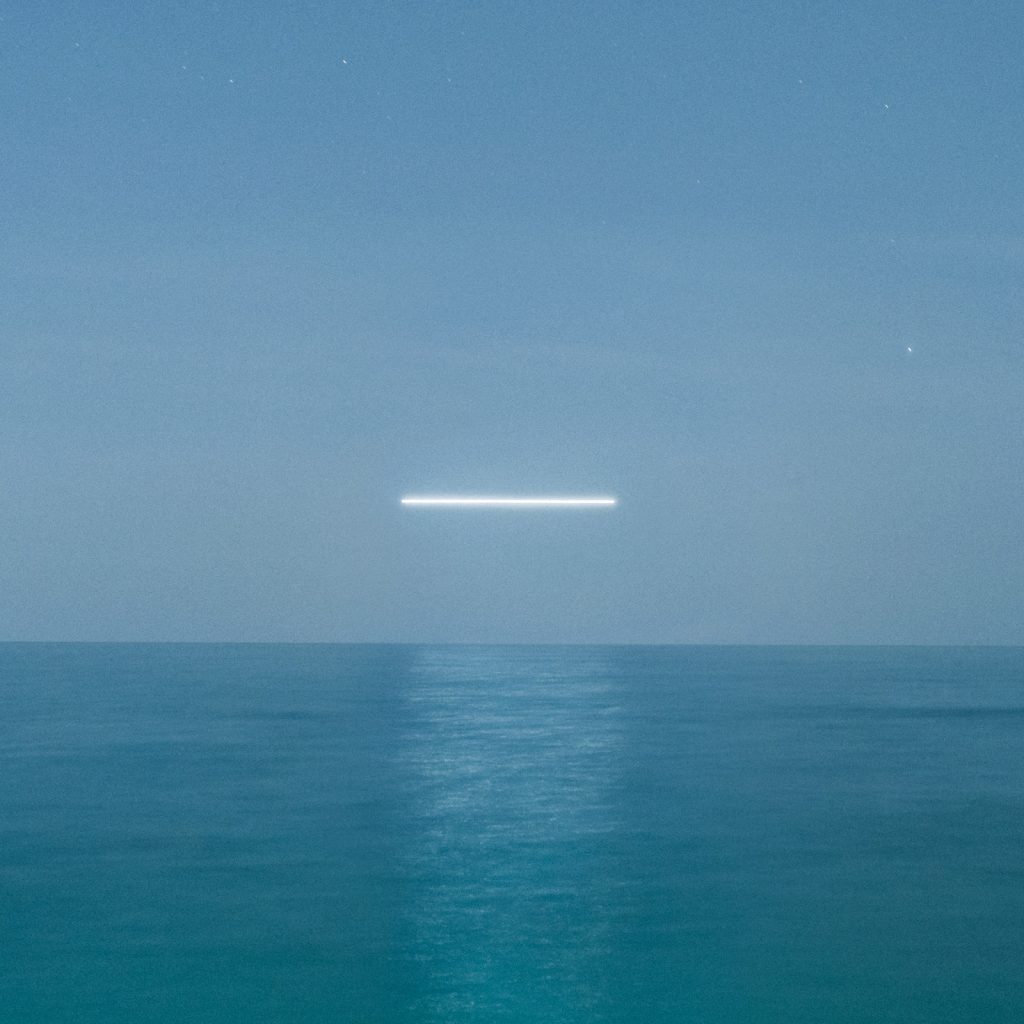

JR: Thanks for taking the time Reuben! Firstly, I am a fan of your group, Ladytron. I am in a group with one-half of DFA1979 and have been making records and recording for my whole life. I have released eight records. I was on French-Kiss records and toured a bunch, recently making more “techno/ambient” focused music. So, I imagine there is some other stuff we could discuss beyond visual art.
RU: That’s great! I met DFA1979 one or twice back in the day while we were touring a lot.
JR: I have also always engaged with themes of the meta-mythic and fantastical, “super-natural”, the elemental and how that interacts with perception. I made a magical realist feature film which is in post production now, starring members of the Tibetan Community about the Bardo or intermediary state. I’m not sure why looking at your work makes me bring all of this up.
JR: On a practical note, please tell us (without divulging any secrets you wish not to) about your use of drones and the prep which this entails. Is this all a choreographed, pre-production process? Or is there spontaneity? Please be as technical as you are willing.
RU: I research, plan and test as much as I can before I actually set off on a trip. A lot of it involves virtual scouting using a host of different tools – Google Maps, Gaia GPS and Photo Pills being some of them, checking out where and what other photos have been shot (so I don’t repeat what others have already done) and then seeing what the atmospherical conditions are like so I know what I have to work with once I arrive.
As far as gear is concerned, I use custom-built lighting systems as well as off-the-shelf products, each having their pros and cons, so I try to bring both as back up. I really enjoy designing and making things (I have a masters in industrial design and engineering and worked professionally for a few years) so for me, it’s part of the process of making a unique picture, using unique tools and processes.
As much planning as I do, there is always room for serendipity. When I arrive at a location, I’m primed as much as I can be to shoot, but my eye is always open for chance opportunities to be had; things that can never be discovered through research online. It really comes down to having my photography processes nailed so I am not fixated on them when I am in the moment of experiencing a place, because thinking about photography is a distraction, and being open to experimentation and ultimately having fun is important


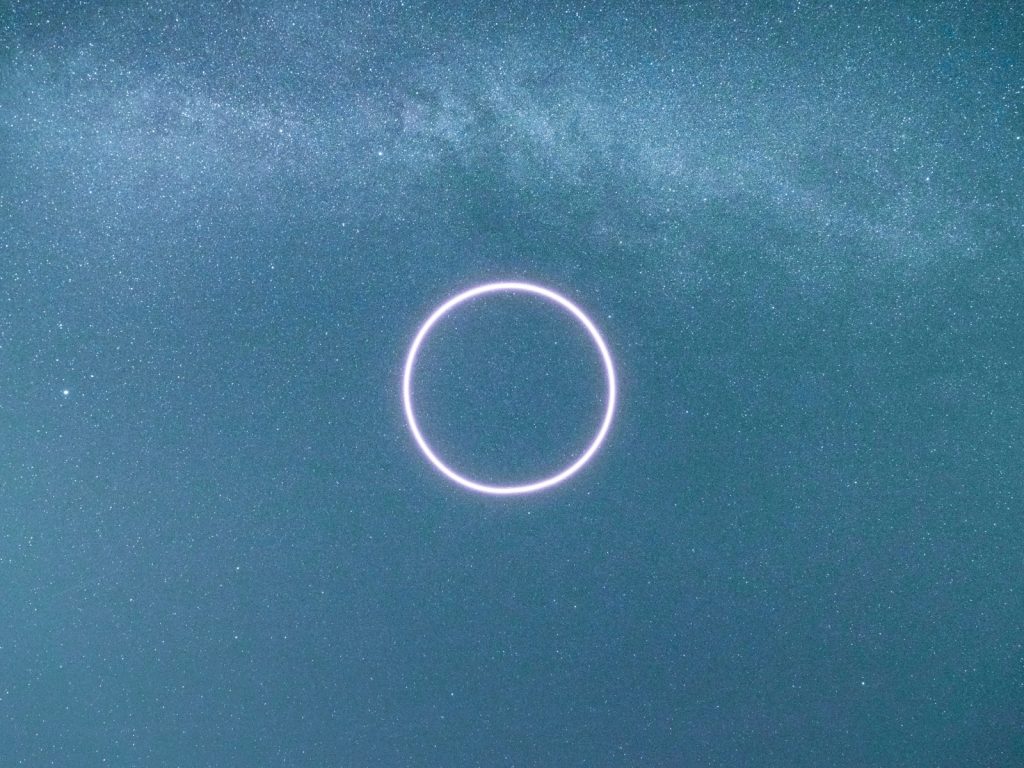

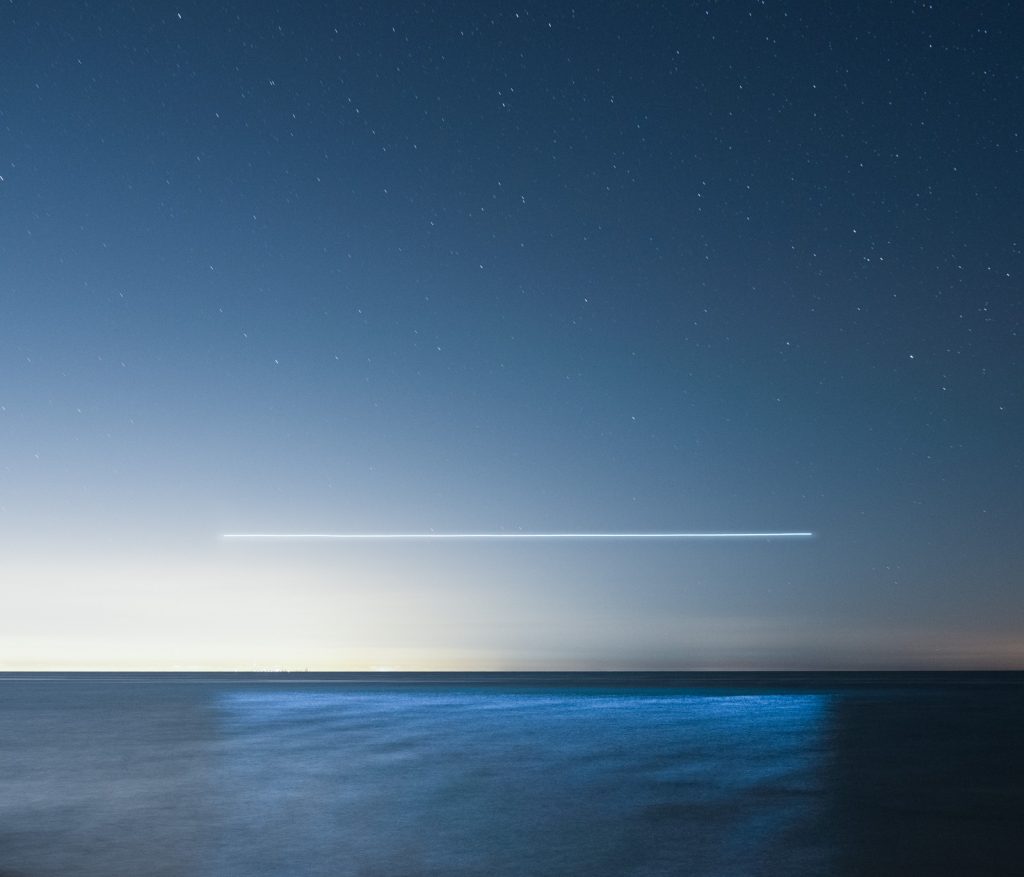

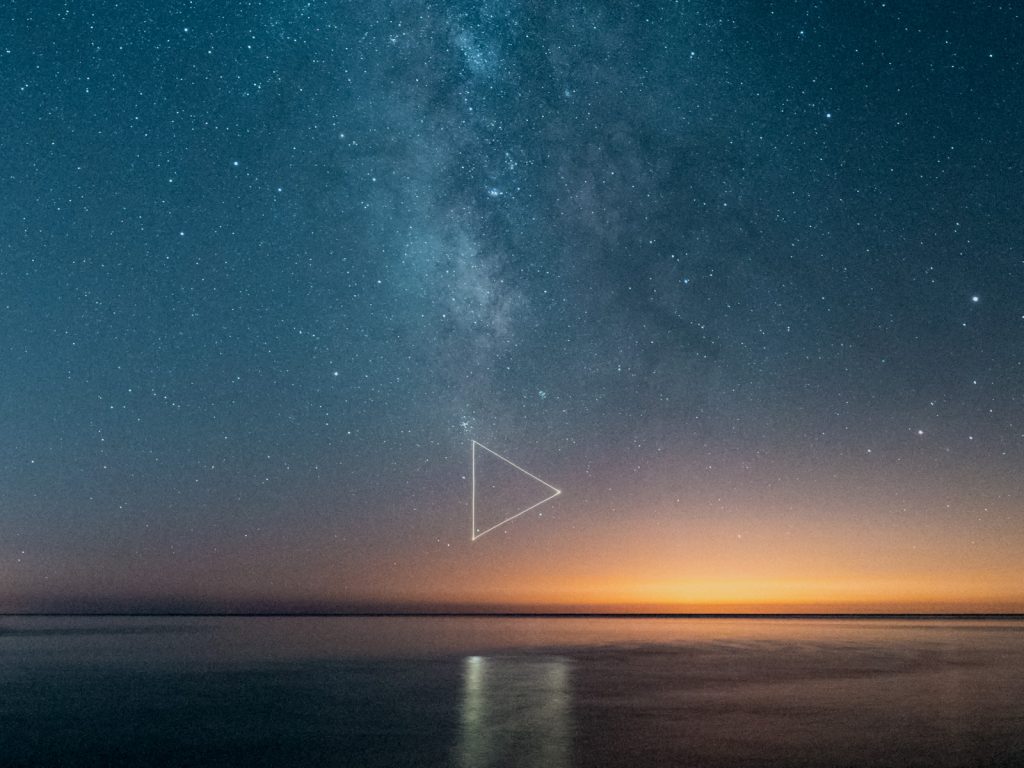

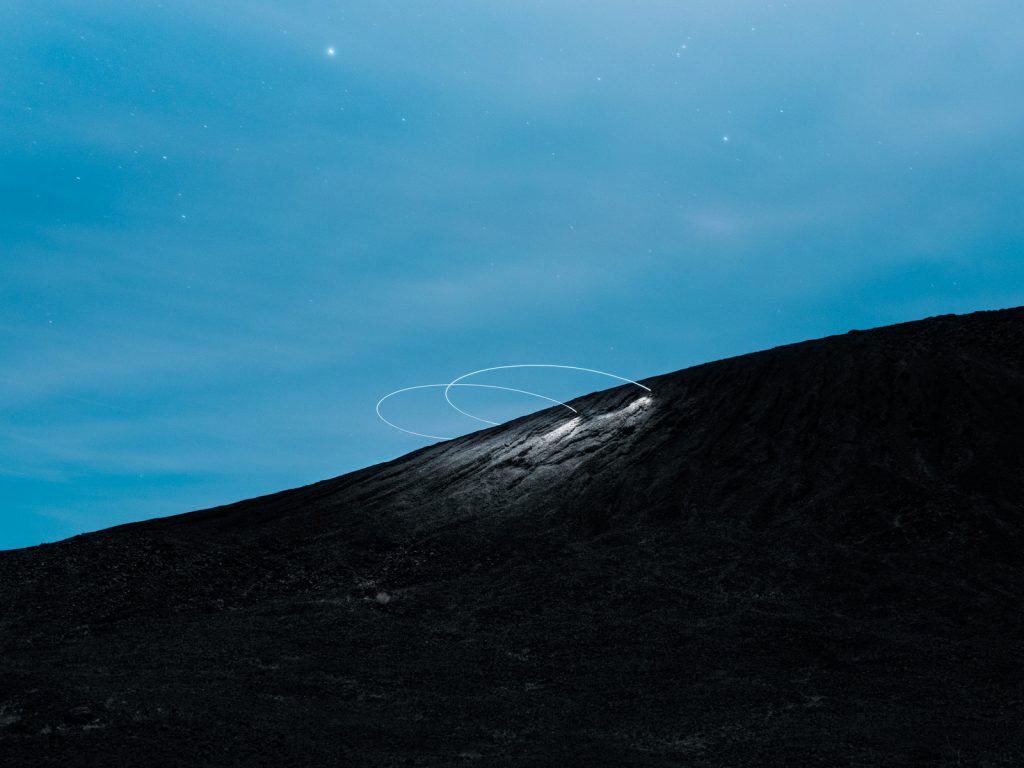



JR: The lights in the sky. There is so much to say about the place which the UFO/pan-dimensional/otherworldly emanation and interference or interaction occupies for us, collectively. Please elaborate on how you integrate these themes into your work, and to what purpose if any?
RU: Lux Noctis started as a means to present landscapes in a different way to conventional photography. The use of artificial lighting in a natural landscape came to me at Trona Pinnacles in 2014 when a random truck drove into my time lapse, unexpectedly illuminating the pinnacles in a way that shouldn’t exist. This expanded into the idea of introducing my own look and feel to a landscape using very nuanced aerial lighting. Rather than rely on the sun, and timing, to light my images, I was able to light it myself, like I would in a studio environment, not unlike chiaroscuro painting,
Then, inspired by the Land Art Movement, I decided to introduce the actual flight paths of the drone in the picture, as a way of intervention, but without physically touching the earth. The project, named Aeroglyphs, was about the tension between these geometrical paths and the obscure chaotic surfaces beneath. Geoff Manaugh (of BLDBLOG) described the drone lighting work as “Terrestrial Chiaroscuro”, as images which may appear otherworldly but are actually of our (only) home planet.
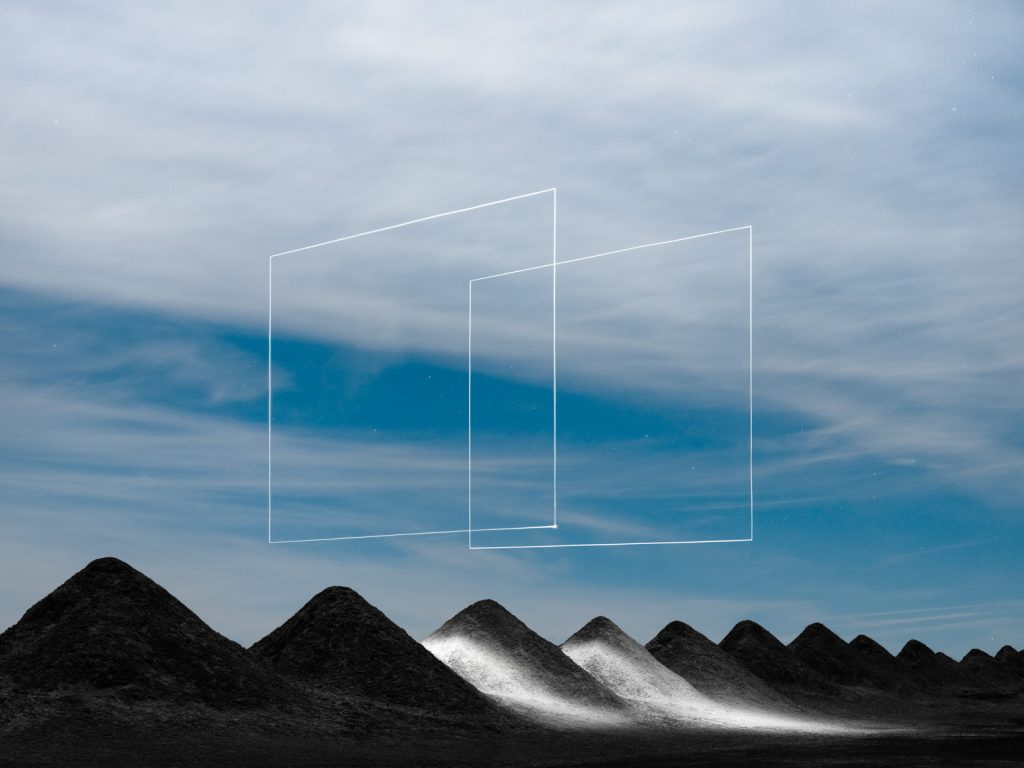

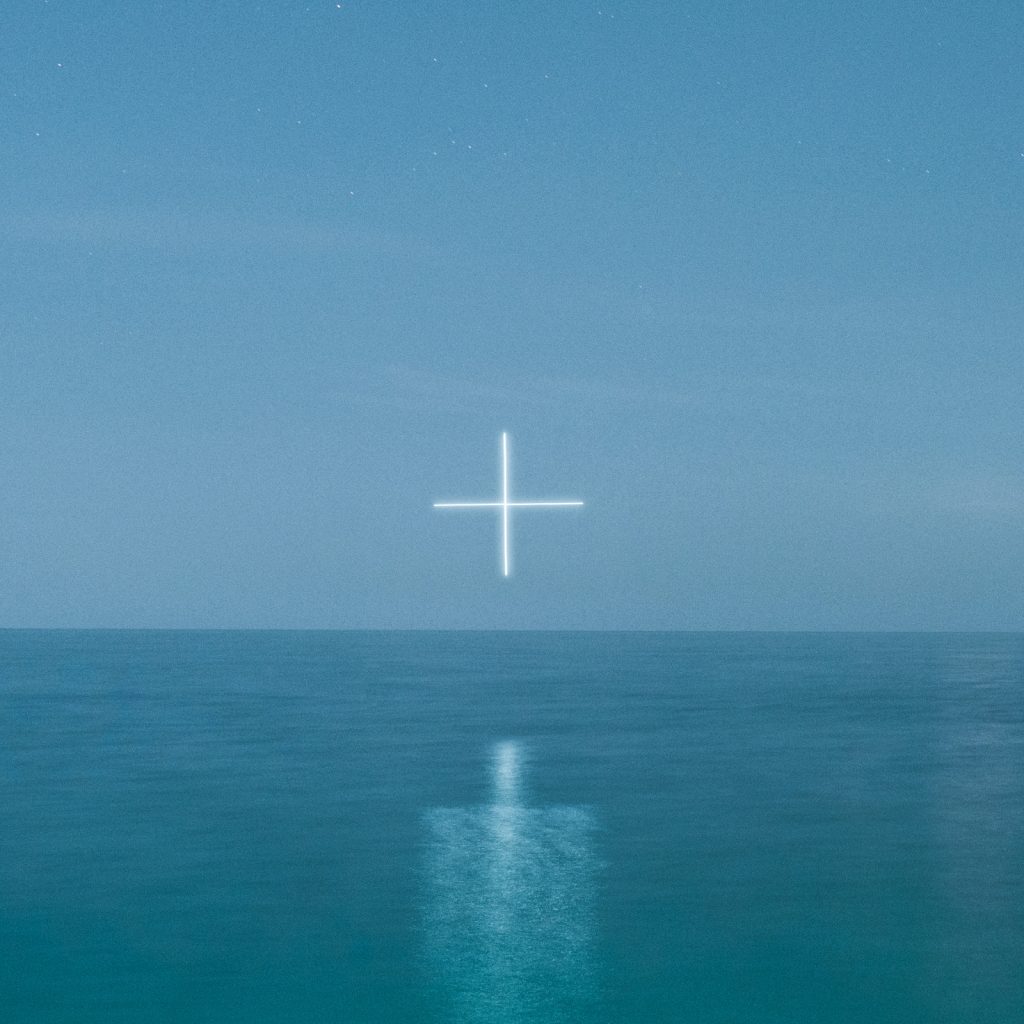

JR: Tell us about your evolution with technology and how it has accompanied your journey?
RU: I started by using vintage film cameras, combining them with odd film types and taking them to unexpected environments, using unconventional techniques, such as Svalbard, the Atacama Desert and Patagonia. I enjoyed the weird juxtaposition of these elements and allowed me the freedom to create something unique in these times when everything has been done before. Now, the relationship with technology is less about the camera/film/imaging and more about influencing the actual picture. The capture remains the same (albeit working with a number of different platforms), but I’m always thinking of ways for me to use technology in unexpected ways which will result in a unique picture.
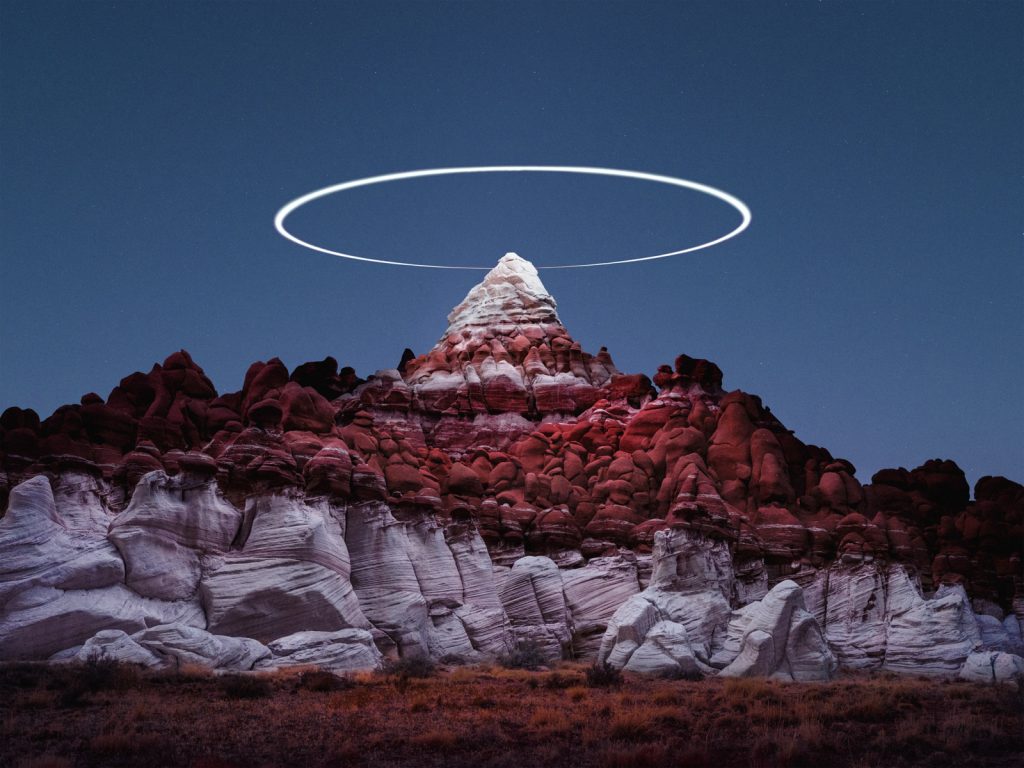

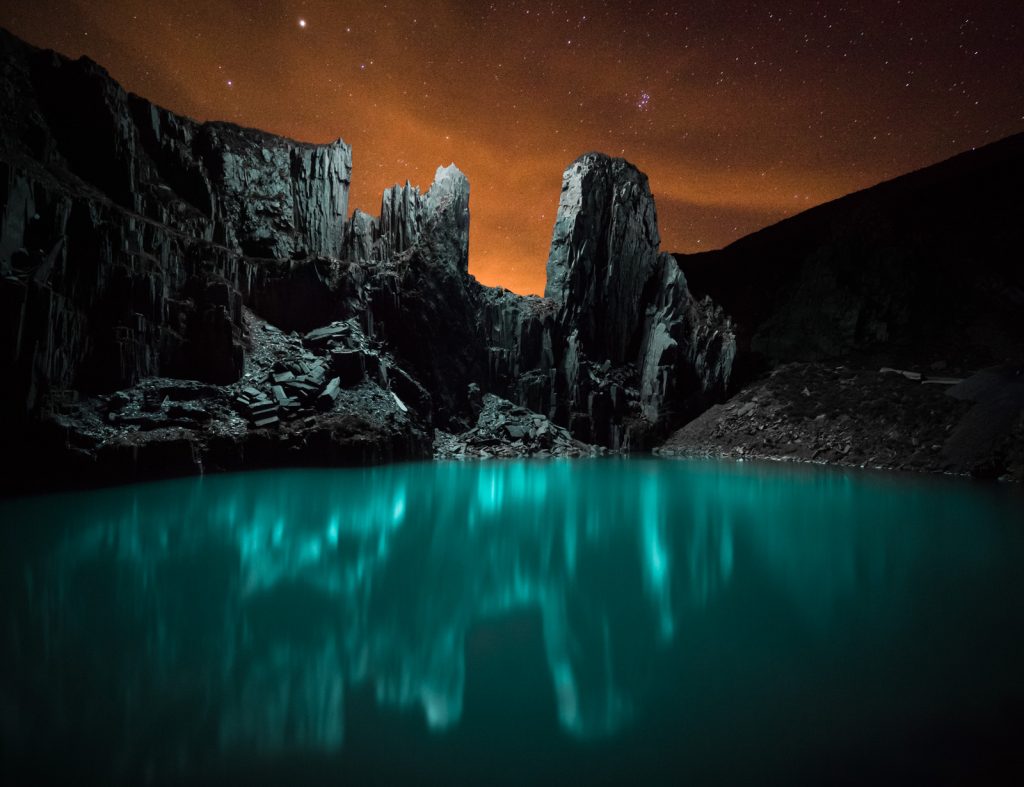



I’m also very conscious that broadcasting images of these landscapes is a double edged sword and can eventually cause them harm, and it’s a conflict I’m constantly dealing with, but I do think that if I can help change people’s perceptions of the world and help preserve these places in a small way, I’ll be happy with that.
Reuben WU
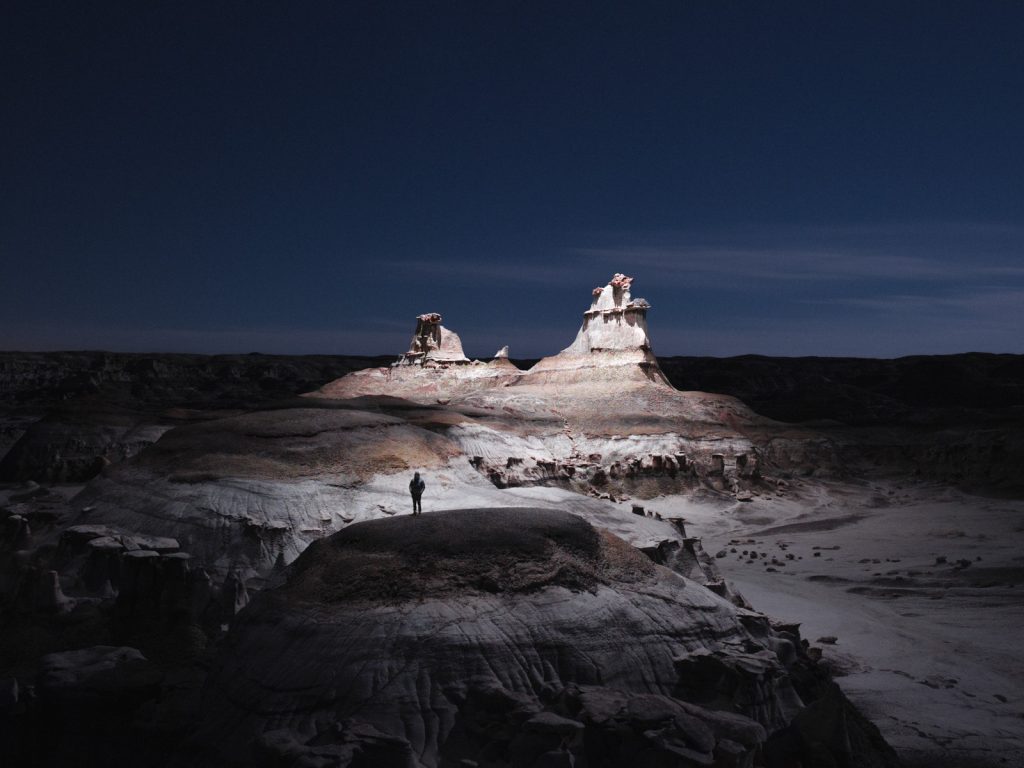

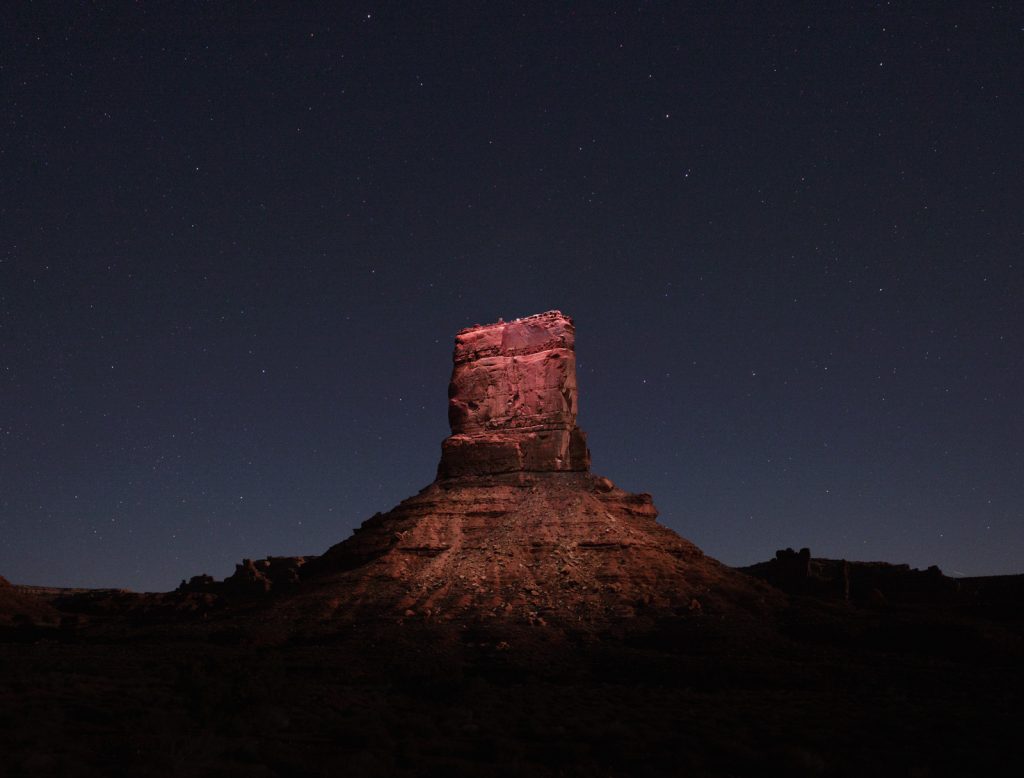



JR: Where do you see your process taking you, in terms of landscape/environment/themes and tech?
RU: I’ve been very lucky to have my career take me to so many remote and beautiful places. It is a rare privilege to see the world in this way. My ultimate aim is to articulate my experience into something which can be shared with as many people as possible. It feels bigger than photography, or video.
I’m also very conscious that broadcasting images of these landscapes is a double edged sword and can eventually cause them harm, and it’s a conflict I’m constantly dealing with, but I do think that if I can help change people’s perceptions of the world and help preserve these places in a small way, I’ll be happy with that..
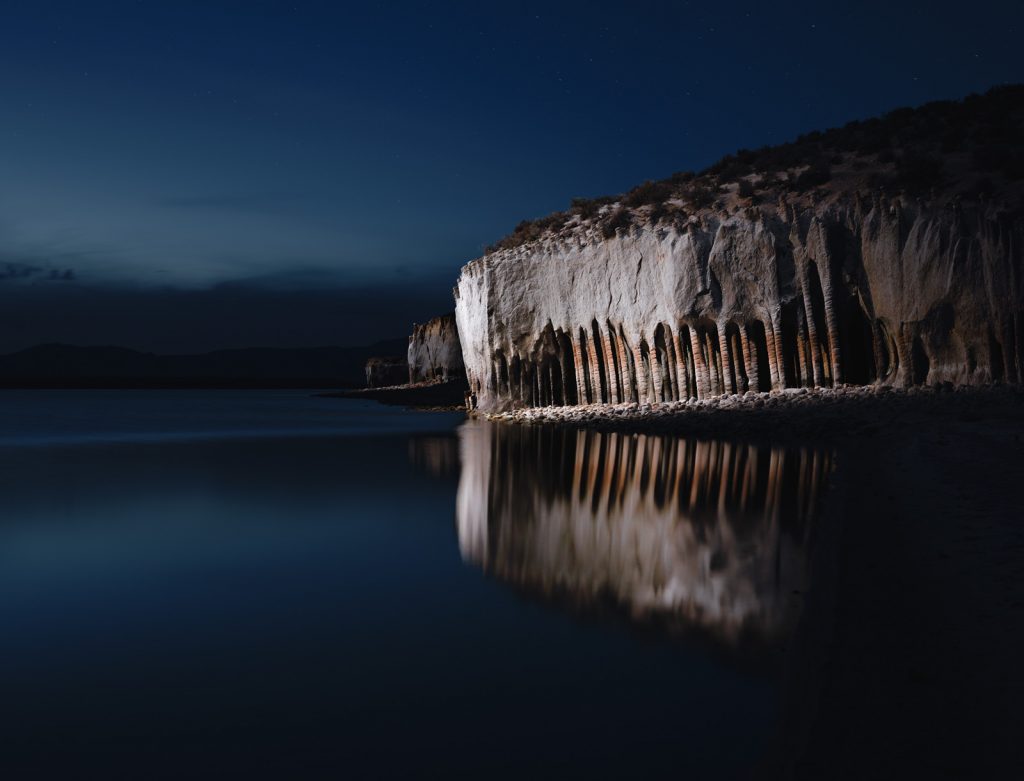

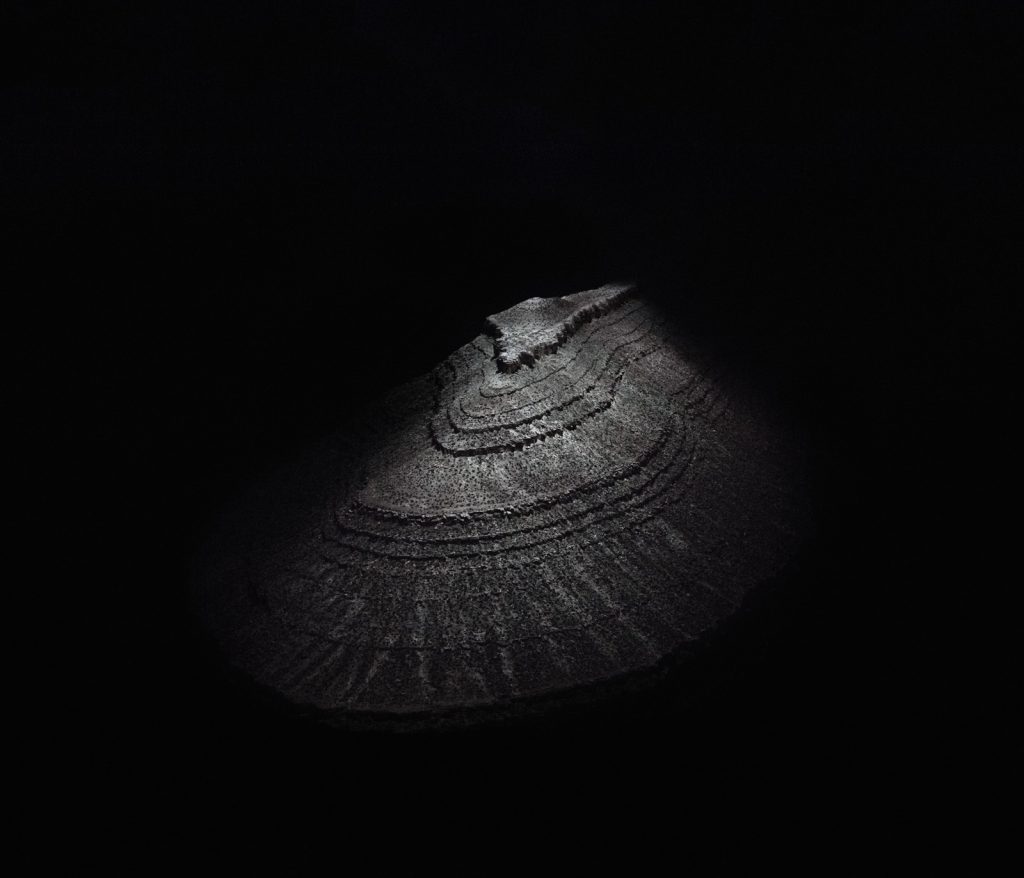

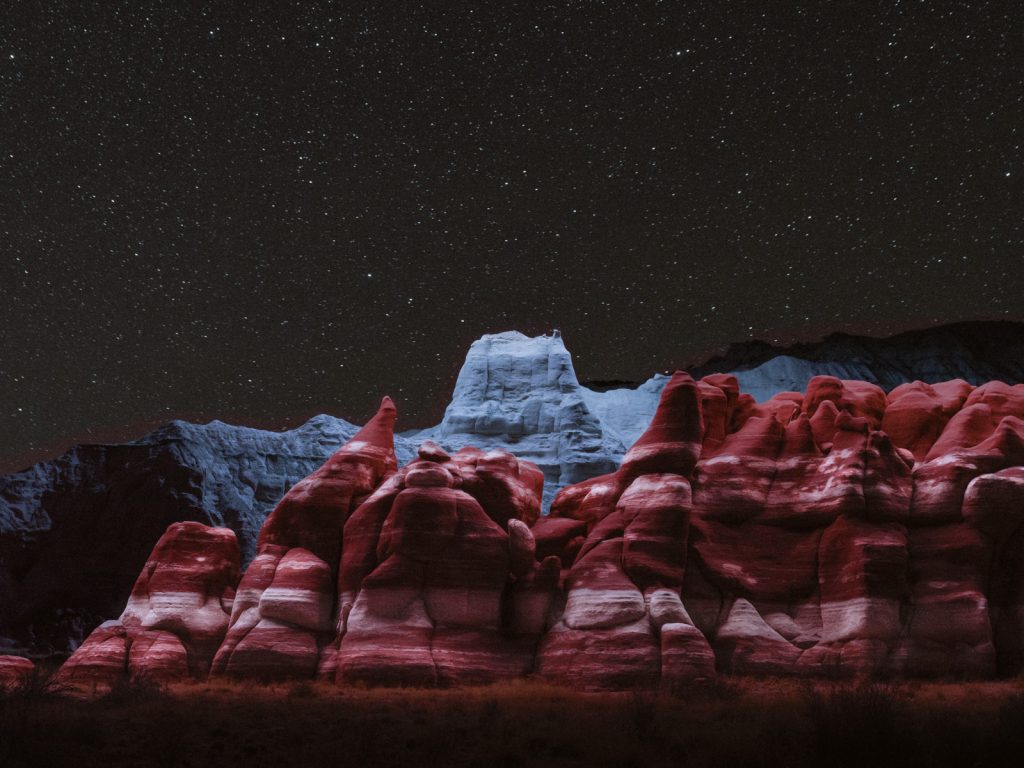



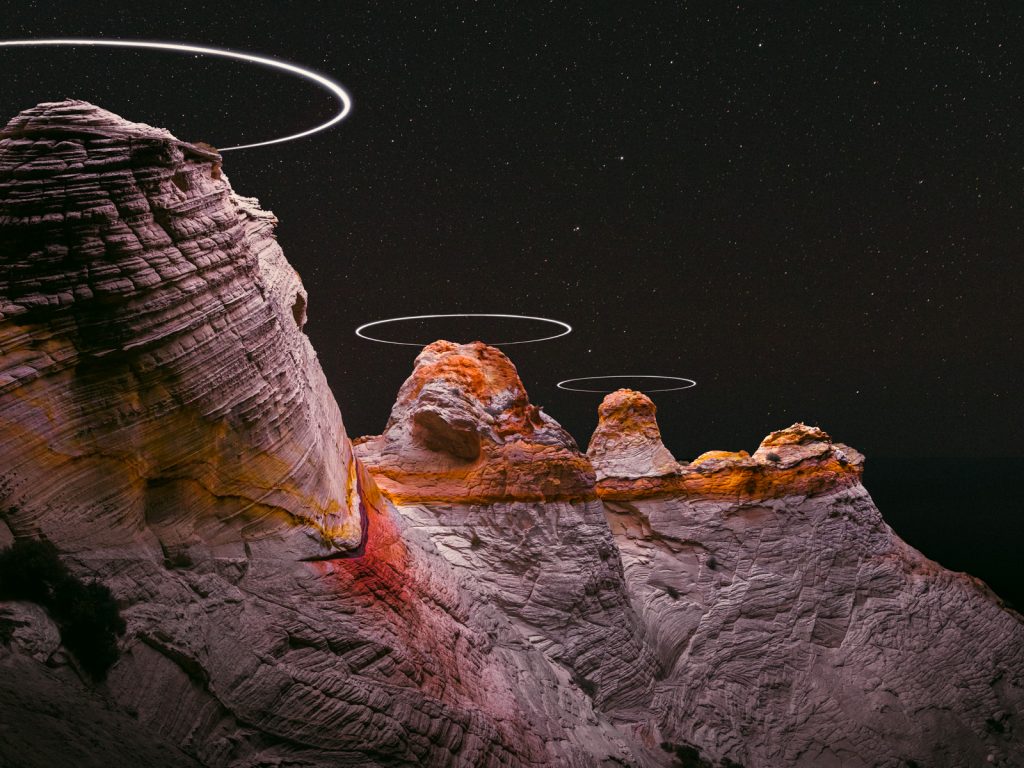

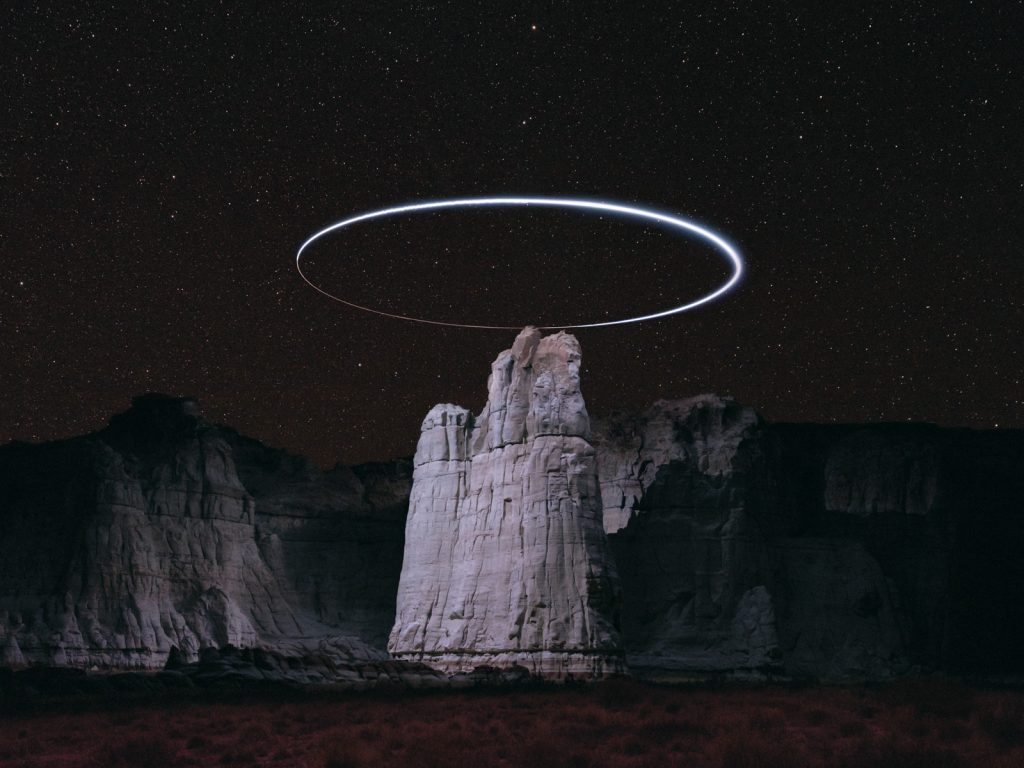

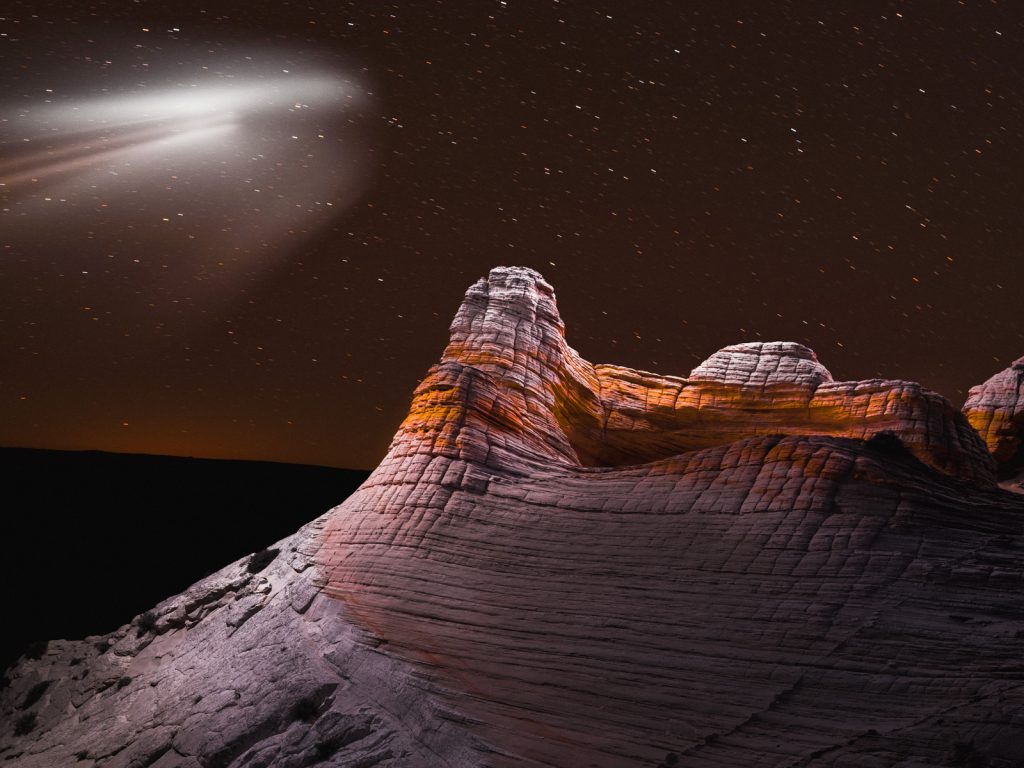

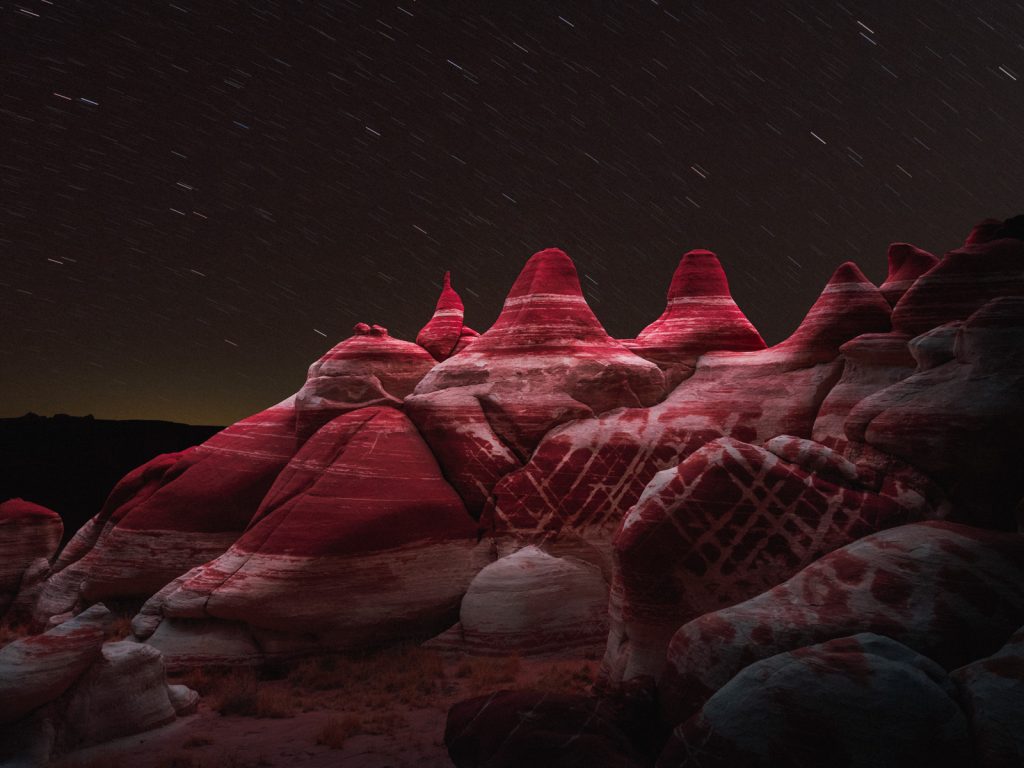

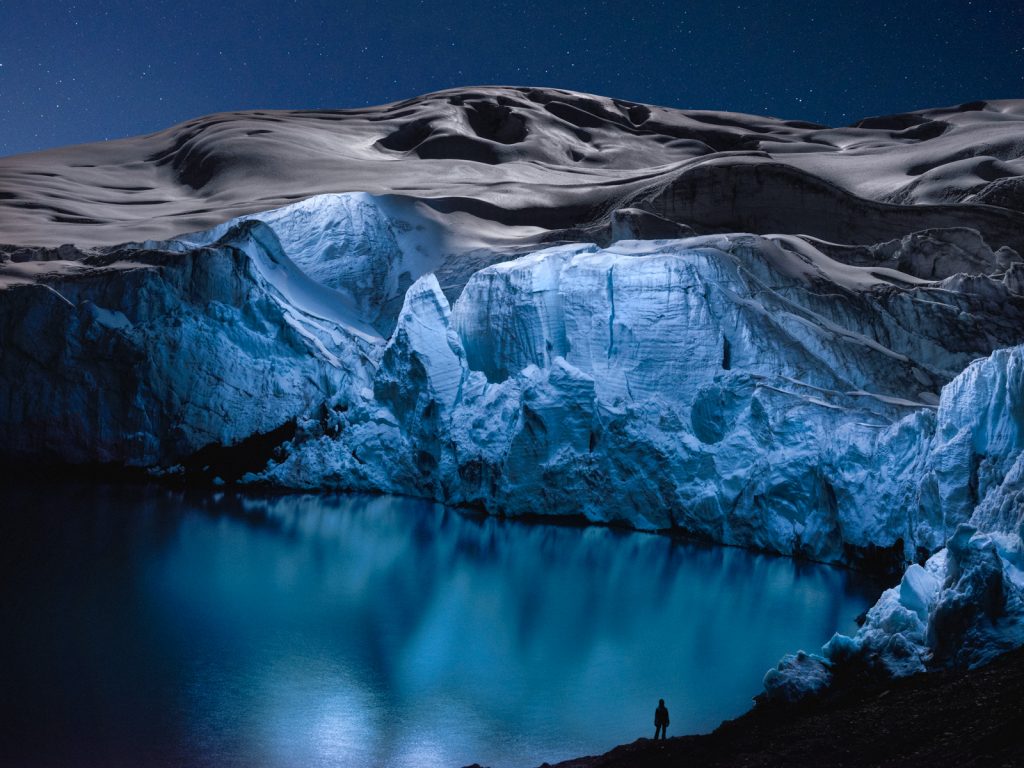

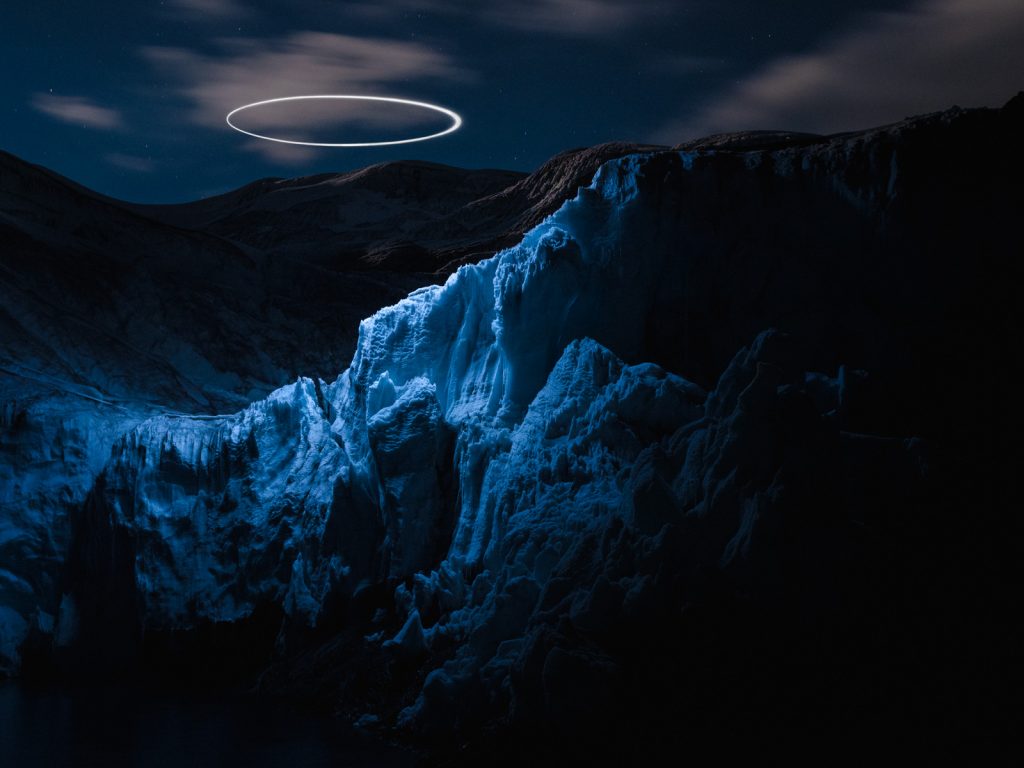





The Luminous Landscape thanks Reuben Wu
https://www.instagram.com/itsreuben/?hl=en
Josh Reichmann
July 2019



